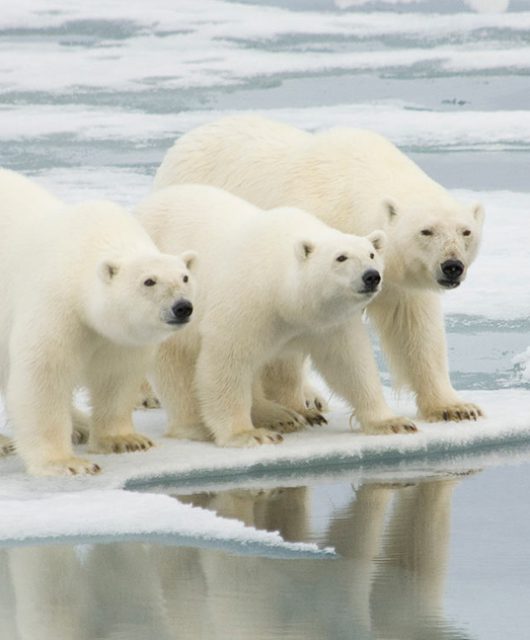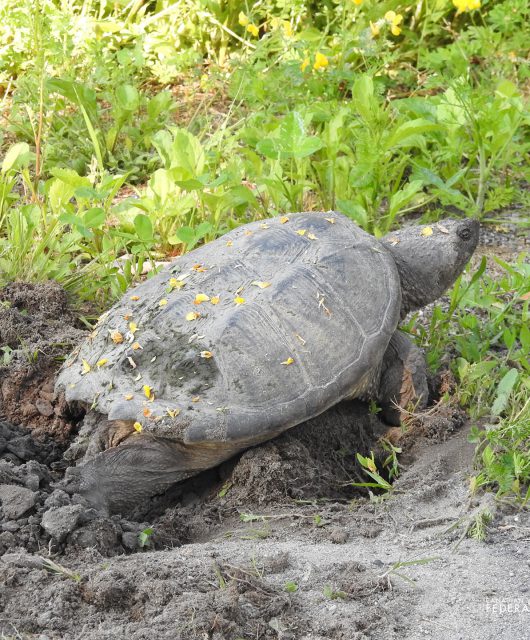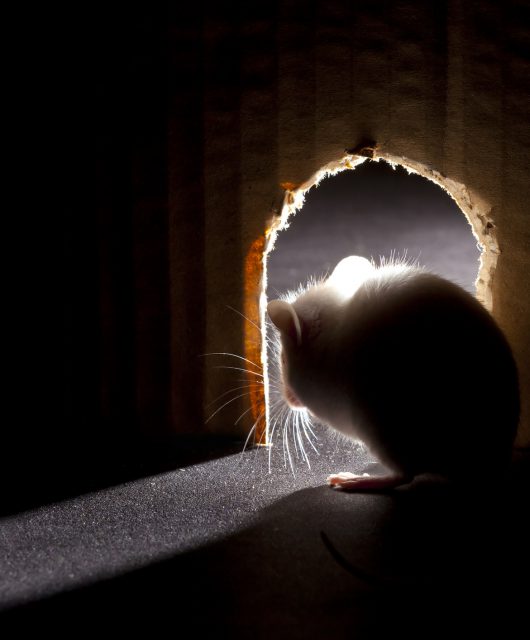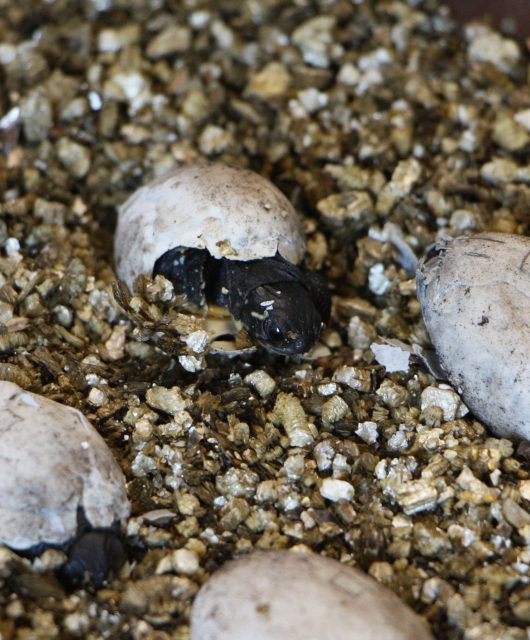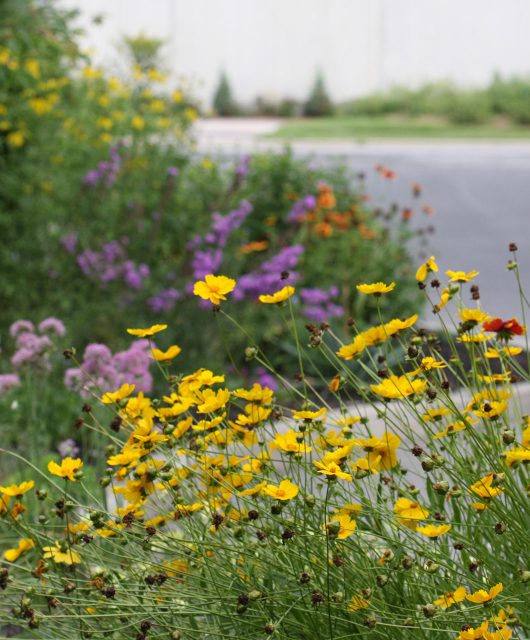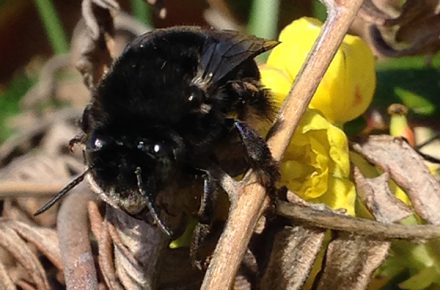 Bees are among the most familiar of insects, in part due to the familiar furry and robust bumble bees that are often featured in children’s stories, as characters in television programs and commercials, and used almost ubiquitously to represent all bees to the public. However, bumble bees make up less than 5% of the native bee species in Canada so there is a lot of bee diversity both in terms of the number of species and life history strategies that are not represented by these caricatures. With almost 900 bee species occurring coast to coast to coast in Canada, there is still much to learn, and much to save!
Bees are among the most familiar of insects, in part due to the familiar furry and robust bumble bees that are often featured in children’s stories, as characters in television programs and commercials, and used almost ubiquitously to represent all bees to the public. However, bumble bees make up less than 5% of the native bee species in Canada so there is a lot of bee diversity both in terms of the number of species and life history strategies that are not represented by these caricatures. With almost 900 bee species occurring coast to coast to coast in Canada, there is still much to learn, and much to save!
In addition to doing research on bees, I also provide information and support for the assessment of arthropod species at risk in Canada. I work as a taxonomist, identifying bee species found in Canada, finding and documenting new species found in Canada (Figure 1 and 2), and on rarer occasions, describing species that are new to science. I will always consider myself a student of bees as it seems that one can learn something new almost every day. I love exploring the world of insects (Figure 3), in particular native bees, though surprisingly I came to work on these important pollinators by a rather indirect route as my first love was botany. In fact, I still am very interested in plants, especially their reproductive biology (Figure 4).
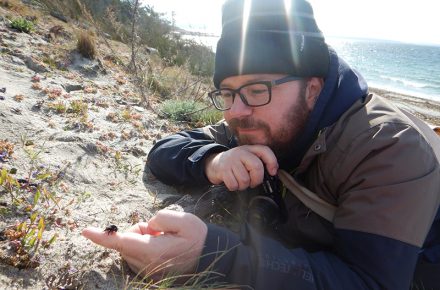 As an undergraduate student at Acadia University in Nova Scotia, I was interested in doing an undergraduate research project in botany – plants are very wonderful organisms! Unfortunately, the botany professors at that time were on sabbatical so there were no opportunities for me in their labs at the time. However, the entomologist at Acadia had a project on lowbush blueberry, particularly its pollination and pollinators, and this changed my life. I was hooked, and these topics have been what my career has been focused on ever since.
As an undergraduate student at Acadia University in Nova Scotia, I was interested in doing an undergraduate research project in botany – plants are very wonderful organisms! Unfortunately, the botany professors at that time were on sabbatical so there were no opportunities for me in their labs at the time. However, the entomologist at Acadia had a project on lowbush blueberry, particularly its pollination and pollinators, and this changed my life. I was hooked, and these topics have been what my career has been focused on ever since.
One of the things I soon realized is that there were few entomologists in Canada that were studying the taxonomy of Canadian bees; thus I faced a bit of an uphill battle to study pollinator diversity at first, but then realized I loved doing taxonomic work on bees. Between then and now I had excellent opportunities to work with and learn from great entomologist in Nova Scotia, and later during my doctorate degree at the University of Guelph and post doctorate research at York University, both in Ontario. These last two opportunities allowed me to work directly with world-renowned pollination and bee biologists.
 Now I find myself at the Royal Saskatchewan Museum where I have worked as Curator of Invertebrate Zoology since 2012, and my love of bees continues to grow. As an adjunct professor at the University of Regina, I also get to work with undergraduate and graduate students – their enthusiasm continues to make my work in Saskatchewan very rewarding. The prairies are a great place to study bees, and the museum is an excellent place to do so!
Now I find myself at the Royal Saskatchewan Museum where I have worked as Curator of Invertebrate Zoology since 2012, and my love of bees continues to grow. As an adjunct professor at the University of Regina, I also get to work with undergraduate and graduate students – their enthusiasm continues to make my work in Saskatchewan very rewarding. The prairies are a great place to study bees, and the museum is an excellent place to do so!
Author
![]()

